Snow leopard expeditions, puma sightings, tiger marathons: How about a wildlife tour this summer?
From capturing stunning shots of tigers and elephants in India to photographing the “big five” in Africa, snapping up polar bears in the Arctic – Indian wildlife photographers are spoilt for choice. Plan a wildlife tour for your next vacation
Armed with latest cameras, huge telephoto zoom lenses, and great determination, clad in camouflage jungle fatigues and caps, wildlife photographers can be spotted at most animal safaris in India or abroad, snapping pictures in a frenzy.
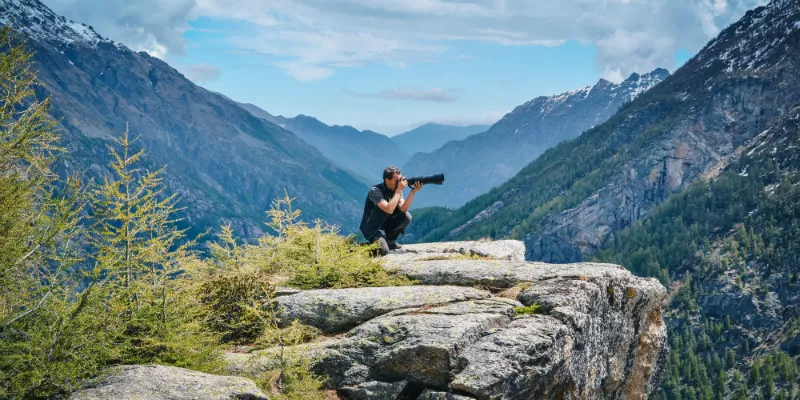
Wildlife photography is one of the trendiest hobbies today
The latest craze among young millennials nowadays is capturing photographs on difficult terrain. So, whether it is photographing tigers and elephants in India, birds in the Western Ghats, the “big five” in Africa, polar bears in the Arctic, penguins in Antarctica, the elusive clouded leopard in Borneo or the American mountain puma - wildlife holidays and photo tours are finding new takers by the day. Tours and expeditions, led by expert naturalists and photographers, are highly sought after across the globe.
Organisations offering such guided services are also on the rise, as they try to keep up with the growing interest in travel and photography among wildlife lovers.
Bengaluru-based Darter Photography regularly conducts such tours and workshops. Shreeram M.V, Co-founder and Photography Mentor, observes that most people who come to him roughly fall into three categories – those for whom wildlife photography is a getaway from work as a hobby to explore new wildlife destinations or those who simply want to explore new experiences and destinations or families that are interested in trying out photography together. “It gives a purpose to their holiday,” he says.
Also read: Going retro: Try heritage foods this summer
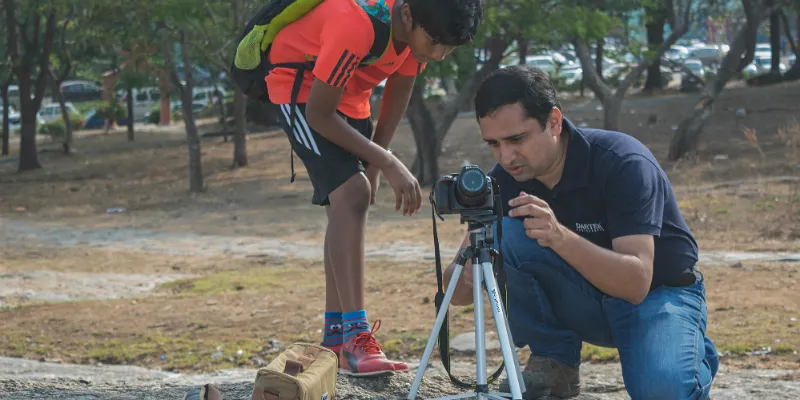
Shreeram teaches photography to students of all ages
Why wildlife photography?
According to Shreeram, the interest in wildlife photography started around a decade ago when cameras became more technically advanced and more affordable. Moreover, destinations were also becoming traveller-friendly. “Social media, too, has played a big role in attracting people to wildlife photography,” he says.
The appeal of travelling to remote and tough locations with other photographers with an experienced photography guide is something that appeals to most people who go on such tours, says Kahini Ghosh Mehta, a passionate wildlife-photographer and Co-founder of Delhi NCR-based Nature Wanderers.
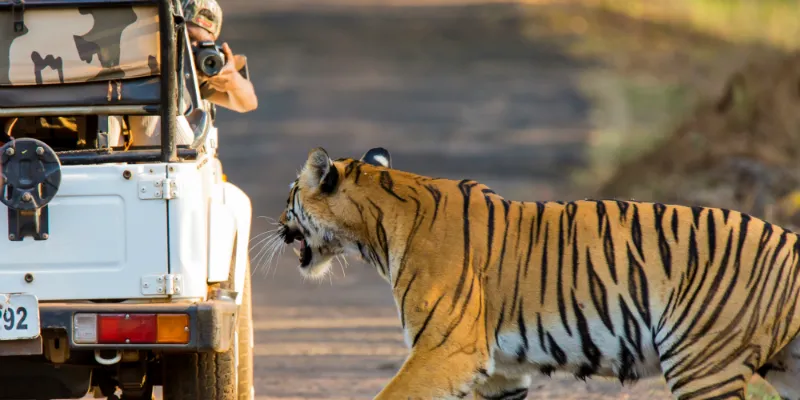
A photography tour can be full of exciting moments
India, with its rich biodiversity and myriad of national parks, is still a favourite destination. Kahini also points out another drawback, when it comes to going abroad for photo tours – “For overseas travel, you have to be able to commit for a tour in advance. For Indians, that's a tough ask!”
Shreeram also agrees that short tours within India are popular because people find it easier to get leave from work.
Guided tours
Kahini says that most people (including professional photographers) prefer guided photo tours because time is a crucial factor.
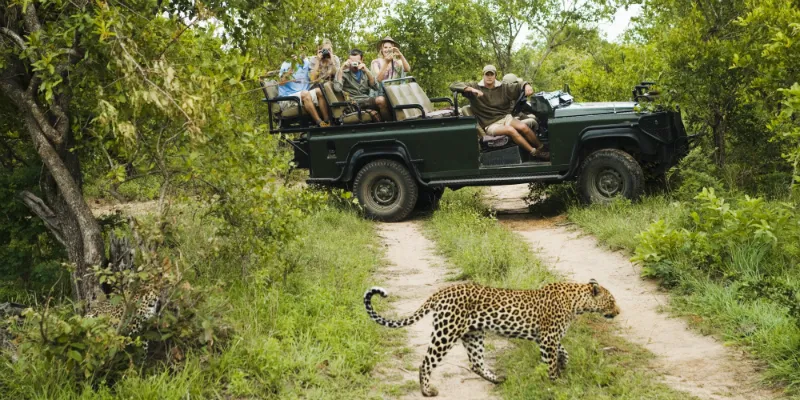
You will learn about light and composition during a photo tour
A photography tour usually includes a variety of people, Kahini says. There are professional photographers, serious amateurs and hobbyist photographers. Students, working executives and retired professionals also like to join in and most of the clients are from Bangalore and Mumbai. Many companies even offer photographic equipment on hire.
“With years of experience at various wildlife locations, our role is to put photographers in the groove from day one of their tours,” explains Kahini. “Wildlife photography has a lot do with the understanding of light, compositions, storytelling and much more.”
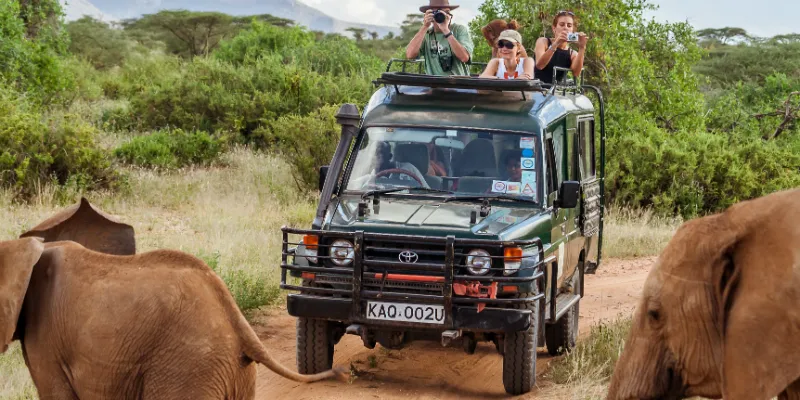
A trip to Masai Mara is a popular photo-tour
The great migration at Masai Mara, snow leopard expeditions, and their annual Tiger Marathon are some of the most sought-after photo tours which have been running successfully for years, says Kahini.
Get a guide
Does everyone need a guide on these tours? “It depends on the level of expertise of the photographer,” says Kahini.
“In case we feel that a guest is a camera novice, a mentor would explain the basics of photography. For proficient photographers, the mentor would use his location and experience and ensure that they understand the light and are able to absorb the ongoing wildlife sighting scenario. Planning a day, ideas on compositions and experimentations with various shooting techniques are various roles which a guide needs to fulfil. Evening sessions are all about post-processing.”
Some companies, like Mumbai-based DCP Expeditions, have a countrywide network of experts who train and conduct workshops and photo tours regularly.
Also read: In search of the perfect brew: Susmita Das Gupta’s tea journey from Bengal to Bengaluru
Photography camp
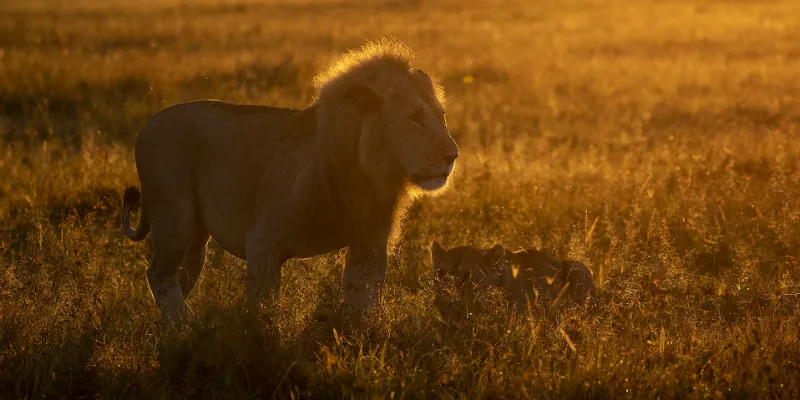
Some animals can be captured on camera only at certain times of the day
Shreeram describes what a day at a photography camp at Kruger National Park in South Africa can be like, where they have their next expedition in July 2019.
Kruger National Park is one of the largest game reserves in all of Africa and one of the largest “big five” game reserves in the world. In Africa, the Big Five game animals are the lion, leopard, rhinoceros, elephant, and the Cape buffalo. Photographers head out at sunrise and drive around in safari vehicles till about 9-11 am.
The size of the group is kept small to give everyone maximum opportunities for photography – mostly a maximum of five participants. Then they stop for a late breakfast at the campsite within the Park with plenty of opportunities to photograph birds and animals. Except for another lunch break, they are out practically all day in the field. After returning to camp, it’s time to unwind and review the day’s photos.
You can check out more wildlife tours here:
www.toehold.in
www.goingwild.in
www.dcpexpeditions.com







